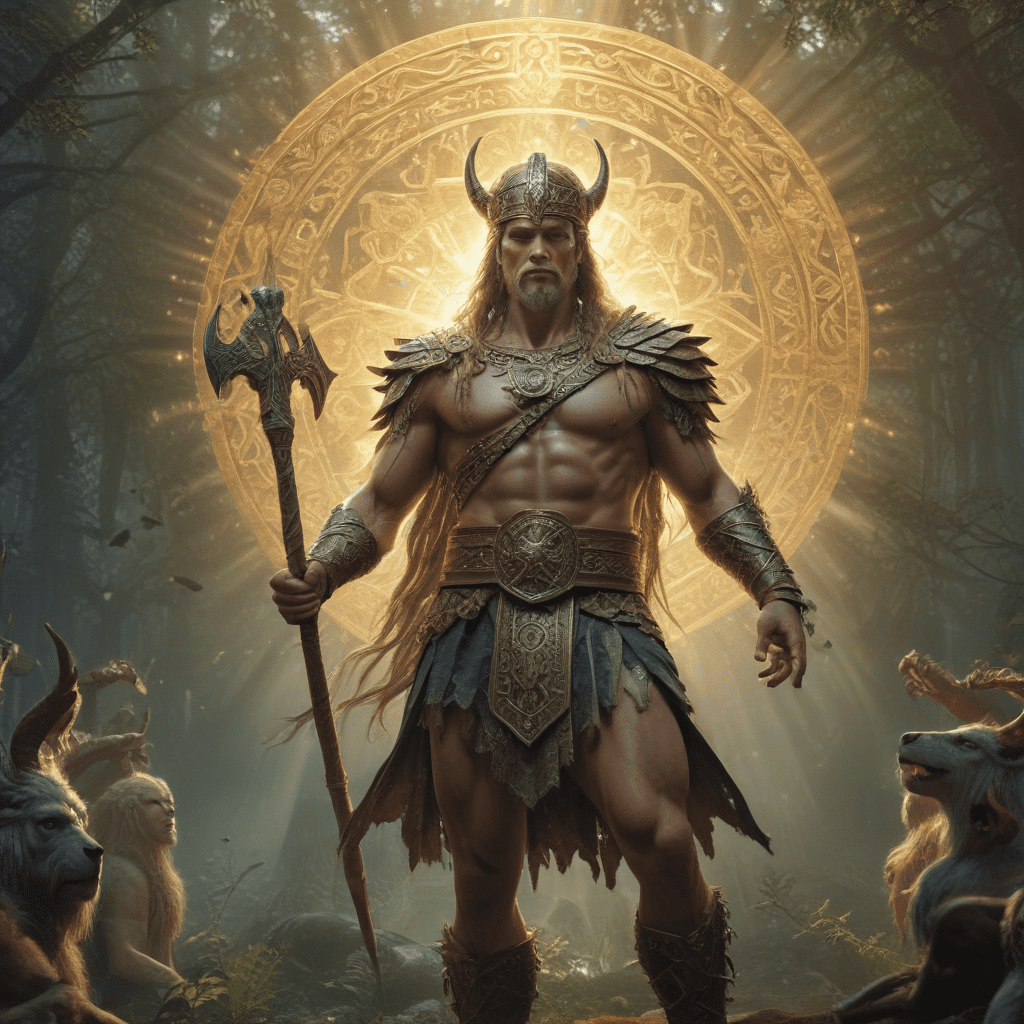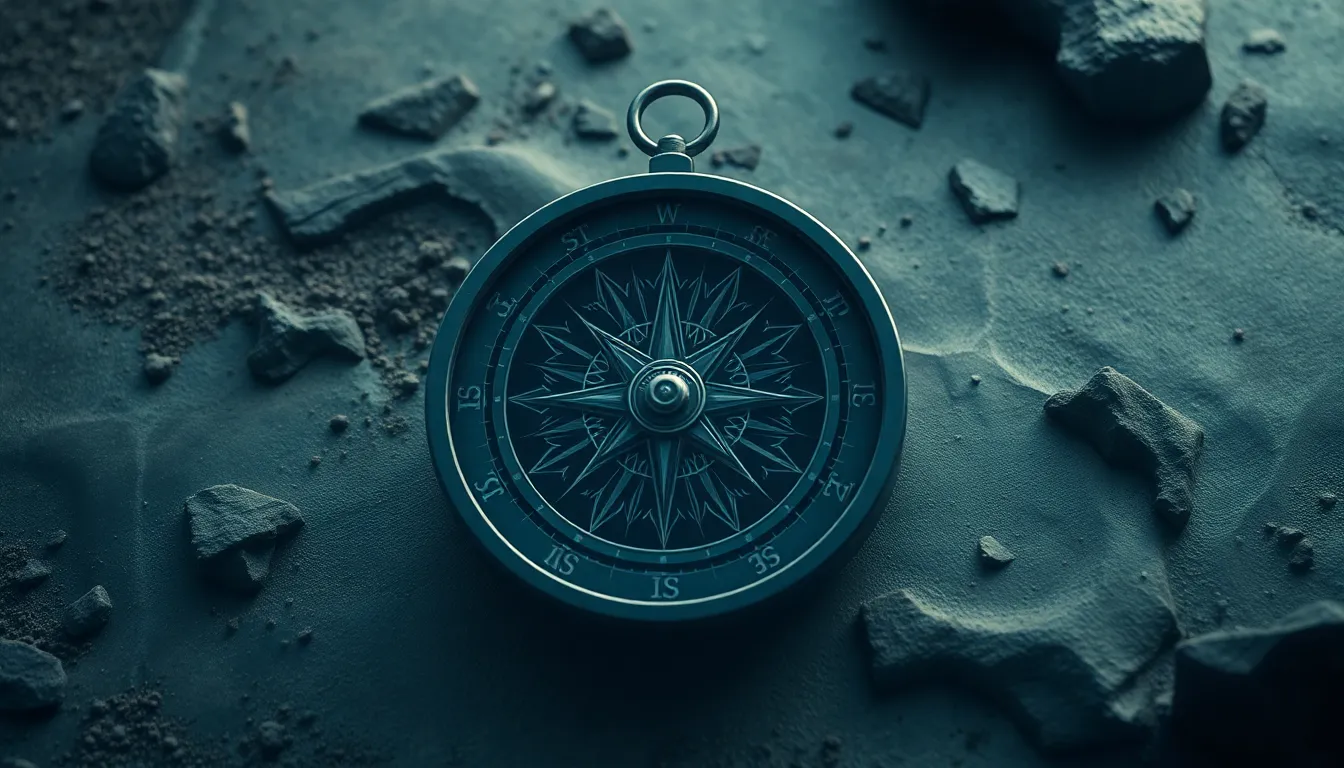1. Introduction: The Significance of Symbolism in Slavic Mythology
Slavic mythology is a rich and complex tapestry of beliefs, traditions, and symbols that have been passed down through generations. Symbolism plays a pivotal role in Slavic mythology, serving as a means to convey deep-seated meanings, connect with the divine, and make sense of the natural world. Through symbols, Slavic people have expressed their fears, hopes, and aspirations, creating a vibrant and enduring mythology that continues to resonate with us today.
2. The Creation Myth: Rod, The Ancestor of All Gods
At the heart of Slavic mythology lies the creation myth, which tells the story of Rod, the primordial deity from whom all other gods and goddesses descended. Rod is often depicted as an old man with a long white beard, symbolizing wisdom and authority. He is the creator of the universe, the father of the gods, and the embodiment of the divine order. Rod's symbol is the circle, representing the cyclical nature of existence and the unity of all things.
3. The World Tree: Yggdrasil, Axis Mundi
The World Tree, known as Yggdrasil in Norse mythology, holds a central place in Slavic mythology. It is a vast and majestic tree that connects the heavens, the earth, and the underworld, symbolizing the axis mundi, or the center of the universe. The World Tree is a source of life and sustenance, and its branches and roots extend to all realms of existence. It is a symbol of the interconnectedness of all things and the balance between the natural and supernatural worlds.
4. The Elements and Nature Spirits: Bereginya, the Guardian of Waters
The elements of nature play a significant role in Slavic mythology, and each element is associated with specific spirits and deities. Bereginya is a water spirit who protects rivers, lakes, and springs. She is often depicted as a beautiful woman with long flowing hair, and her symbol is the water lily. Bereginya is a guardian of the waters, ensuring their purity and abundance. She is also a symbol of fertility and growth, and her presence brings blessings to those who respect and honor her.
5. Animals and Their Symbolic Roles: Zmey Gorynych, the Multi-Headed Dragon
Animals feature prominently in Slavic mythology, and each animal is believed to possess specific symbolic meanings. Zmey Gorynych is a multi-headed dragon who represents chaos and destruction. He is a fearsome creature with sharp claws, venomous fangs, and the ability to breathe fire. Zmey Gorynych is a symbol of the dangers that lurk in the wild and the forces of evil that must be overcome. He is also a reminder of the importance of courage and strength in the face of adversity.
6. Rituals and Festivals: Kupala Night, the Celebration of the Sun
Rituals and festivals play a vital role in Slavic mythology, providing opportunities to connect with the divine, celebrate the changing seasons, and honor the ancestors. Kupala Night is one of the most important Slavic festivals, held on the summer solstice to celebrate the sun and its life-giving power. During Kupala Night, people gather around bonfires, sing songs, and dance to honor the sun god, Dazhbog. The festival is also a time for divination and matchmaking, as it is believed that the spirits are particularly active on this night.
7. Sacred Objects: The Alatyr Stone, the Center of the Universe
Sacred objects hold great significance in Slavic mythology, symbolizing the divine and the connection between the natural and supernatural worlds. The Alatyr Stone is a mythical stone that is said to be the center of the universe. It is believed to have magical powers and is often used in rituals and ceremonies. The Alatyr Stone is a symbol of stability, order, and the eternal nature of the universe. It is also a reminder of the importance of finding one's place in the world and living in harmony with the divine.
8. The Sun and the Moon: Dazhbog and Marena, Symbols of Life and Death
The sun and the moon are central figures in Slavic mythology, representing the cycles of life and death. Dazhbog is the sun god, who brings light, warmth, and fertility to the earth. He is a symbol of life, growth, and prosperity. Marena is the moon goddess, who represents the dark side of nature and the cycle of death and rebirth. She is a symbol of mystery, change, and the eternal nature of the universe. Dazhbog and Marena are two sides of the same coin, representing the balance between light and darkness, life and death.
9. The Slavic Pantheon: Perun, the God of Thunder
The Slavic pantheon is a vast and complex tapestry of gods and goddesses, each with their own unique powers and attributes. Perun is the god of thunder and lightning, and he is one of the most powerful and respected gods in the Slavic pantheon. Perun is a fierce warrior who protects the people from evil and injustice. He is also a symbol of fertility and abundance, as thunder and lightning are essential for the growth of crops. Perun is a reminder of the power of nature and the importance of respecting the gods.
10. Conclusion: The Enduring Legacy of Slavic Symbolism
Slavic mythology is a rich and enduring tradition that has left a lasting legacy on the world. Through its symbols, rituals, and festivals, Slavic people have expressed their beliefs, values, and hopes for the future. Slavic symbolism continues to resonate with us today, reminding us of the interconnectedness of all things and the importance of living in harmony with the natural world. By understanding and appreciating the power of Slavic symbolism, we can gain a deeper understanding of our own culture and the world around us.
FAQ
1. What is the significance of symbolism in Slavic mythology?
Slavic mythology is a rich and complex tapestry of beliefs, traditions, and symbols that have been passed down through generations. Symbolism plays a pivotal role in Slavic mythology, serving as a means to convey deep-seated meanings, connect with the divine, and make sense of the natural world.
2. What are some of the most important symbols in Slavic mythology?
Some of the most important symbols in Slavic mythology include the World Tree, the Alatyr Stone, the sun and the moon, and animals such as the dragon and the bear. These symbols represent the interconnectedness of all things, the balance between light and darkness, and the power of nature.
3. How do rituals and festivals play a role in Slavic mythology?
Rituals and festivals play a vital role in Slavic mythology, providing opportunities to connect with the divine, celebrate the changing seasons, and honor the ancestors. Kupala Night is one of the most important Slavic festivals, held on the summer solstice to celebrate the sun and its life-giving power.
4. Who are some of the most important gods and goddesses in the Slavic pantheon?
The Slavic pantheon is a vast and complex tapestry of gods and goddesses, each with their own unique powers and attributes. Some of the most important gods and goddesses include Perun, the god of thunder; Rod, the creator of the universe; and Marena, the moon goddess.
5. How does Slavic mythology continue to resonate with us today?
Slavic mythology continues to resonate with us today, reminding us of the interconnectedness of all things and the importance of living in harmony with the natural world. By understanding and appreciating the power of Slavic symbolism, we can gain a deeper understanding of our own culture and the world around us.


